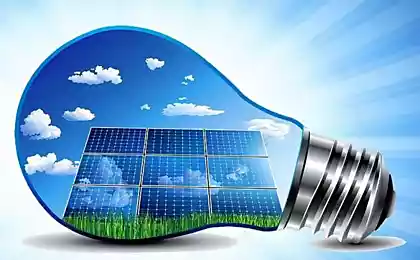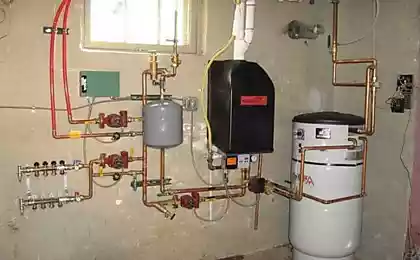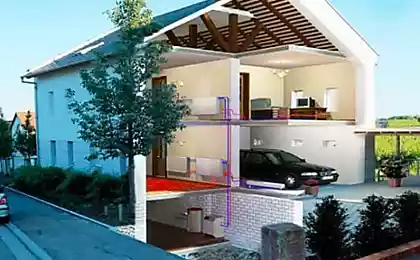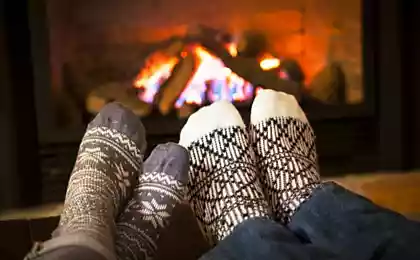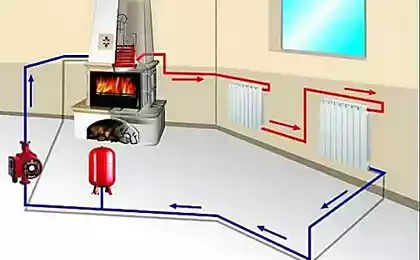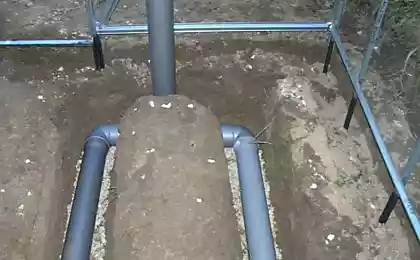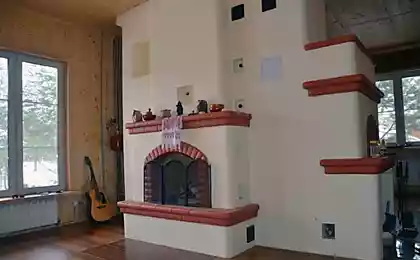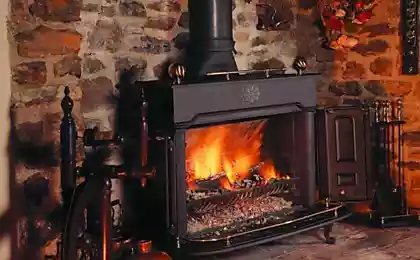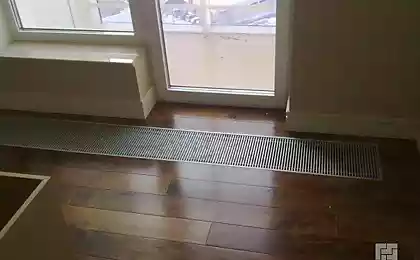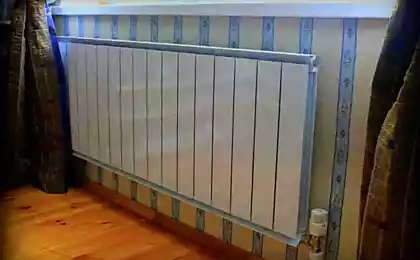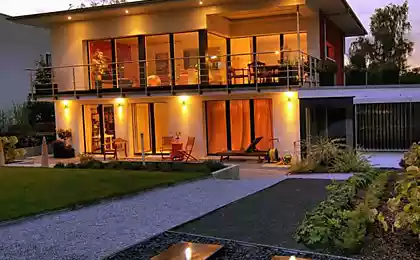633
How to stay warm: Tricks of the countries where there is winter and no Central heating
It turns out that in some countries of Europe and Asia is simply no Central heating, but locals in the winter there is not cold.
UK
Every British citizen is heated by "alone". Such thing as Central heating in this country just yet. The houses and apartments have boilers individual gas water heaters, heating water and batteries. Depending on the desires and capabilities of the host can either freeze, saving on heating, either to heat at all, rascala battery.
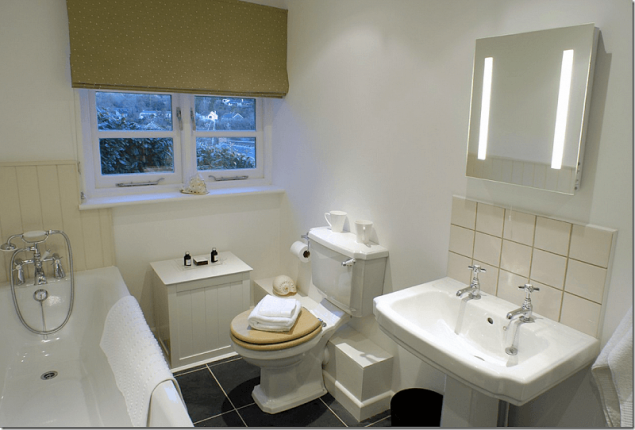
In toilets and bathrooms of the batteries, as a rule, no — in the winter temperature does not rise above 10 degrees. In the bedroom, too, will not drown — the British usually sleep in pajamas under a warm blanket. All night to drown — it's expensive. The boiler has a timer that every hour is divided into 4 divisions of 15 minutes. Set the alarm for 7 am, and the boiler is programmed for 6:45, to Wake up warm; at 8:30 go to work — the boiler is programmed to disconnect.
Heating in Britain — only a few hours a day, is very economical and extremely environmentally friendly. British psychologists made a table-statement: above 21 degrees — the temperature of discomfort, higher 24 temperature, which increases the risk of heart attacks. The lower threshold of comfort — 18 degrees. From 16 to 18 — the temperature is normal, the risks are low, and this temperature is maintained in winter, five million households of Britain. The company supplies electricity and gas (it's a competitive market, and you can choose who to buy heat, about the same as you choose a gas station to fill the car), give a list of tips on how to stay warm in the winter. And one of them is to have a cat. Because the cat is warm and does not consume electricity.
The poor residents of the United Kingdom also somehow manage to get out. Some go to get warm in the local library where it is warm, comfortable and Internet is free.
Population are given advice on the economy. For example, it is not recommended to run the washing machine "idle" — it is necessary to wait until the tank is full of dirty Laundry to the eyeballs. Suggest to wash in cold water: it's healthier for clothes than hot water. Shut down your computer when it is idle without work. Do not keep on charging the phone all night. Use energy saving light bulbs. Take short showers instead of long baths.
Japan
Central heating is only in the Prefecture of Hokkaido is the coldest part of the country. The rest of the population of Japan warm themselves.
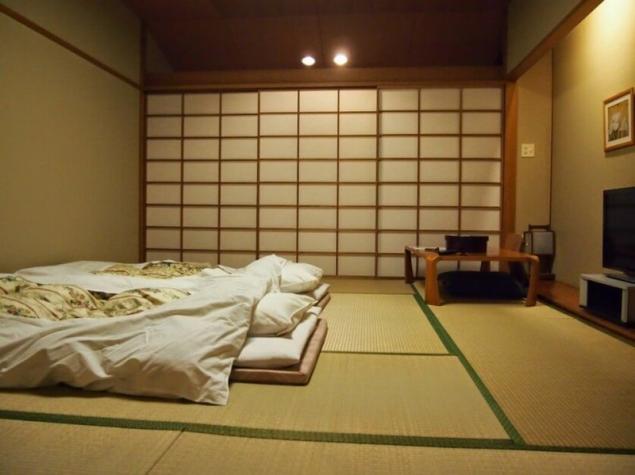
Most modern homes in Japan are heated by electric air conditioners (winter/summer) and of different types of heaters: electric, oil, kerosene or gas. In the cold season, the Japanese warm wear lightweight pajamas (the composition of the material which consists of special fibers, very good heat-retaining) or used over conventional electric blankets.
Very popular in Japan electric carpets. This carpet resembles an electric blanket. The user can adjust the heating temperature. Can heat only part of the carpet, where, for example, you are sitting.
Another attribute of the Japanese culture, which is traditionally used for heating is the kotatsu. It is in every Japanese home. The modern kotatsu is a table with a heating element mounted under the hood. Kotatsu existed in Ancient Japan, but in those days it was called, and looked a bit different.
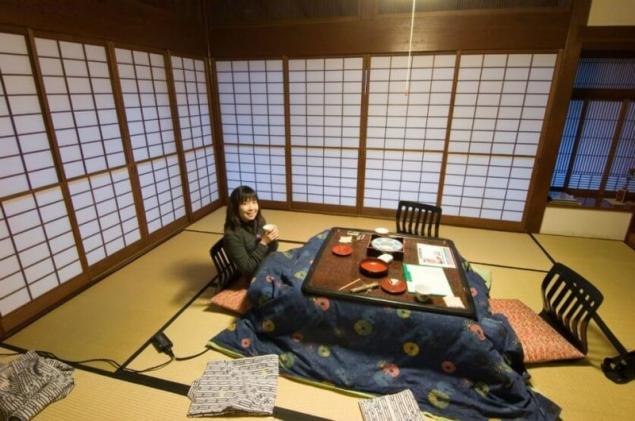
Around the kotatsu traditionally the whole family gathers not only for dinner but also for conversations, cooperative Board games, watching TV. Kotatsu unites the whole family, young and old, emphasizes family unity and the warmth of relationships. Gathered under a common blanket, children literally learn "not to drag the blanket over himself."
By the way, in Japanese schools there is no heating. In recreational areas there are points of local heating, where at recess the children can warm their hands.
Germany
In Germany also there is no Central heating in the form in which used to it we. Here, each heated himself. In private homes — their boilers in blocks of flats, single gas equipment, which heats the water for the batteries. How much gas is burned — and paid so much.
All batteries are valves with thermostats, they regulate the temperature in the room. In the living room where the family spends a lot of time, the heating is stronger and the toilet — to the least. There are even special recommendations for the temperature regime of premises. Hall enough for 20 degree heat for the bathroom — up to 22 degrees, in sleeping rooms required to 16-18 degrees Celsius. In low-use areas (restrooms, storerooms, etc.) the temperature should be 14-16 degrees Celsius.
"If circumstances permit (absence of small children), maintain a lower temperature. Reducing room temperatures by 1 degree, you save up to 6% of heat energy. A temperature reduction from 24 to 20 degrees will provide up to 24% savings in heat," the guidelines say.
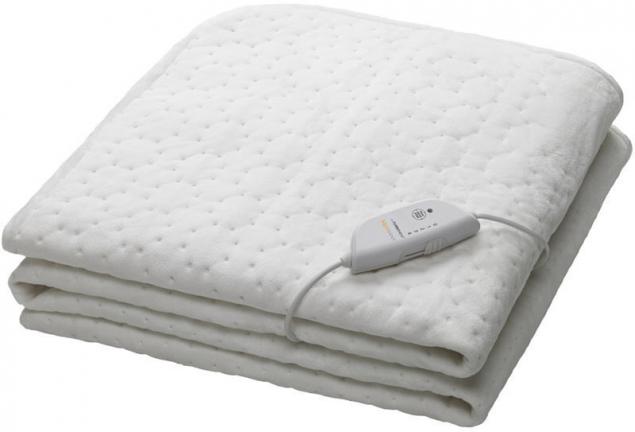
At night, the Germans often use the electric bed warmer on the whole body. It turns on and off automatically.
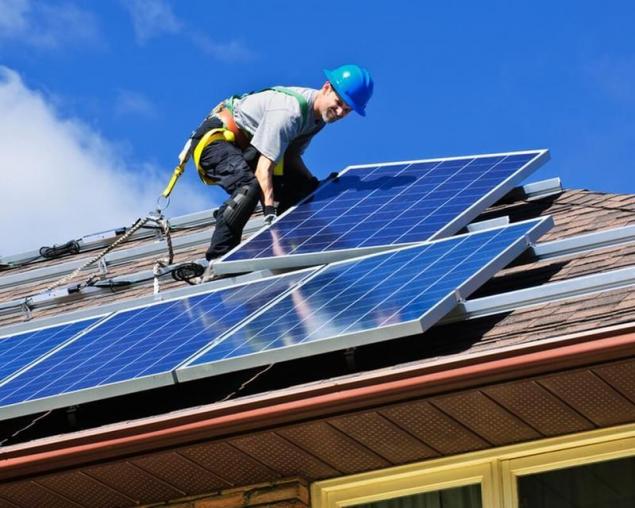
German homeowners are more willing to use for heating individual houses biomass wood pellets from waste wood, heat pumps and solar panels. The government supports this trend legislatively and financially. Recently in Germany came into force a law according to which new buildings are handed over in operation, are required of the consumed energy to renewable sources. Thanks to various government programs for homeowners who switched to ecological types of fuel, compensate for up to 15% of the cost of acquisition and installation of new equipment.
France
Central heating in our understanding in France, no.
Instead, there are two options:
General house heating is a centralized heating in a single apartment building. It is the leadership of the house. Apartments in such houses equipment for heating is not equipped. Individual heating. In the bathroom, the toilet or the kitchen is the device that regulates the hot water. It is electric or gas.
This device plugged in and battery. The heat in the apartment is regulated. Electric heaters are more common than gas. Their main advantage: they do not require regular and expensive test, and maintain as a gas. Their use is included in the total bill.
The electricity tariff in the country is double: from 7:00 to 23:00 and grace, that is, one and a half times less — from 23:00 to 7:00. The state for several decades, strongly encourages citizens to save energy. And not only through tariff policy.
Powerful lever — the fiscal. The French, carrying out work on the thermal insulation of their homes, old or just built, have the right by law to enter money in tax return. In this case from 25 to 50% of the value of the work they will be counted with a minus sign and you can reduce your income tax.
The same applies to the installation of various kinds of energy saving environmentally beneficial equipment — solar panels, heaters with a higher energy output, both gas and electric. To purchase them citizens receive preferential loans. As for new housing, beginning in 2008, each project area of over 1,000 square meters must comply with the new requirements of thermal insulation. Otherwise its not accepted and sent back for revision.
Finland
Increasingly, new Finnish house draws its energy as a mythological Antaeus from the Earth. Indeed, in terms of Finland at a depth of 200 meters the temperature can reach 10 degrees. Finnish rock — like giant radiators in summer they accumulate heat, and in winter give.
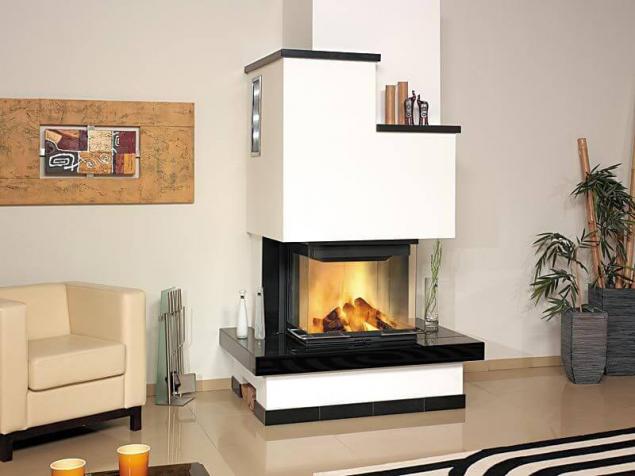
In Finnish homes set a special device — heat pump. It is, of course, not cheap but pays for itself in 5-7 years and allows to save from 30 percent of electricity. Not surprisingly, these figures tempt owners of old houses to refurbish their homes.
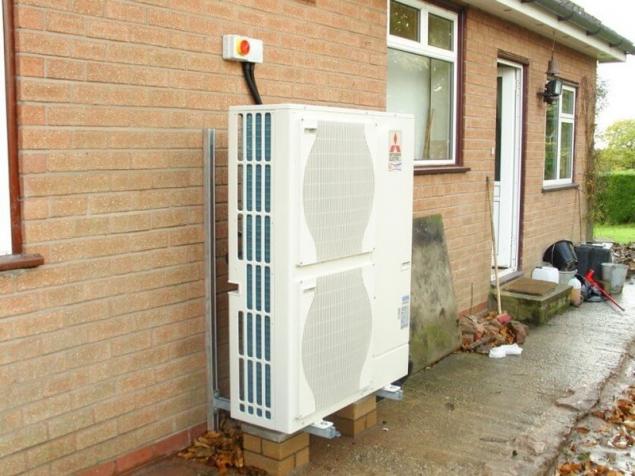
The Finns were forced to work on the surrounding air — imagine a refrigerator turned inside out, where the cold outside and the heating system circulates a special substance in the room. When the frost down to -25 C this works fine: having spent 1 kW of electricity, the heat pump will produce up to 2 or even 5 kW of heat.
A "warm" refrigerator, and more specifically air conditioning, is effective for small houses — no more than 120 square meters. But for small houses is a real find: it is not necessary to drill the ground and install expensive equipment. published
Source: eremurus.org/?p=4855
UK
Every British citizen is heated by "alone". Such thing as Central heating in this country just yet. The houses and apartments have boilers individual gas water heaters, heating water and batteries. Depending on the desires and capabilities of the host can either freeze, saving on heating, either to heat at all, rascala battery.

In toilets and bathrooms of the batteries, as a rule, no — in the winter temperature does not rise above 10 degrees. In the bedroom, too, will not drown — the British usually sleep in pajamas under a warm blanket. All night to drown — it's expensive. The boiler has a timer that every hour is divided into 4 divisions of 15 minutes. Set the alarm for 7 am, and the boiler is programmed for 6:45, to Wake up warm; at 8:30 go to work — the boiler is programmed to disconnect.
Heating in Britain — only a few hours a day, is very economical and extremely environmentally friendly. British psychologists made a table-statement: above 21 degrees — the temperature of discomfort, higher 24 temperature, which increases the risk of heart attacks. The lower threshold of comfort — 18 degrees. From 16 to 18 — the temperature is normal, the risks are low, and this temperature is maintained in winter, five million households of Britain. The company supplies electricity and gas (it's a competitive market, and you can choose who to buy heat, about the same as you choose a gas station to fill the car), give a list of tips on how to stay warm in the winter. And one of them is to have a cat. Because the cat is warm and does not consume electricity.
The poor residents of the United Kingdom also somehow manage to get out. Some go to get warm in the local library where it is warm, comfortable and Internet is free.
Population are given advice on the economy. For example, it is not recommended to run the washing machine "idle" — it is necessary to wait until the tank is full of dirty Laundry to the eyeballs. Suggest to wash in cold water: it's healthier for clothes than hot water. Shut down your computer when it is idle without work. Do not keep on charging the phone all night. Use energy saving light bulbs. Take short showers instead of long baths.
Japan
Central heating is only in the Prefecture of Hokkaido is the coldest part of the country. The rest of the population of Japan warm themselves.

Most modern homes in Japan are heated by electric air conditioners (winter/summer) and of different types of heaters: electric, oil, kerosene or gas. In the cold season, the Japanese warm wear lightweight pajamas (the composition of the material which consists of special fibers, very good heat-retaining) or used over conventional electric blankets.
Very popular in Japan electric carpets. This carpet resembles an electric blanket. The user can adjust the heating temperature. Can heat only part of the carpet, where, for example, you are sitting.
Another attribute of the Japanese culture, which is traditionally used for heating is the kotatsu. It is in every Japanese home. The modern kotatsu is a table with a heating element mounted under the hood. Kotatsu existed in Ancient Japan, but in those days it was called, and looked a bit different.

Around the kotatsu traditionally the whole family gathers not only for dinner but also for conversations, cooperative Board games, watching TV. Kotatsu unites the whole family, young and old, emphasizes family unity and the warmth of relationships. Gathered under a common blanket, children literally learn "not to drag the blanket over himself."
By the way, in Japanese schools there is no heating. In recreational areas there are points of local heating, where at recess the children can warm their hands.
Germany
In Germany also there is no Central heating in the form in which used to it we. Here, each heated himself. In private homes — their boilers in blocks of flats, single gas equipment, which heats the water for the batteries. How much gas is burned — and paid so much.
All batteries are valves with thermostats, they regulate the temperature in the room. In the living room where the family spends a lot of time, the heating is stronger and the toilet — to the least. There are even special recommendations for the temperature regime of premises. Hall enough for 20 degree heat for the bathroom — up to 22 degrees, in sleeping rooms required to 16-18 degrees Celsius. In low-use areas (restrooms, storerooms, etc.) the temperature should be 14-16 degrees Celsius.
"If circumstances permit (absence of small children), maintain a lower temperature. Reducing room temperatures by 1 degree, you save up to 6% of heat energy. A temperature reduction from 24 to 20 degrees will provide up to 24% savings in heat," the guidelines say.

At night, the Germans often use the electric bed warmer on the whole body. It turns on and off automatically.

German homeowners are more willing to use for heating individual houses biomass wood pellets from waste wood, heat pumps and solar panels. The government supports this trend legislatively and financially. Recently in Germany came into force a law according to which new buildings are handed over in operation, are required of the consumed energy to renewable sources. Thanks to various government programs for homeowners who switched to ecological types of fuel, compensate for up to 15% of the cost of acquisition and installation of new equipment.
France
Central heating in our understanding in France, no.
Instead, there are two options:
General house heating is a centralized heating in a single apartment building. It is the leadership of the house. Apartments in such houses equipment for heating is not equipped. Individual heating. In the bathroom, the toilet or the kitchen is the device that regulates the hot water. It is electric or gas.

This device plugged in and battery. The heat in the apartment is regulated. Electric heaters are more common than gas. Their main advantage: they do not require regular and expensive test, and maintain as a gas. Their use is included in the total bill.
The electricity tariff in the country is double: from 7:00 to 23:00 and grace, that is, one and a half times less — from 23:00 to 7:00. The state for several decades, strongly encourages citizens to save energy. And not only through tariff policy.
Powerful lever — the fiscal. The French, carrying out work on the thermal insulation of their homes, old or just built, have the right by law to enter money in tax return. In this case from 25 to 50% of the value of the work they will be counted with a minus sign and you can reduce your income tax.
The same applies to the installation of various kinds of energy saving environmentally beneficial equipment — solar panels, heaters with a higher energy output, both gas and electric. To purchase them citizens receive preferential loans. As for new housing, beginning in 2008, each project area of over 1,000 square meters must comply with the new requirements of thermal insulation. Otherwise its not accepted and sent back for revision.
Finland
Increasingly, new Finnish house draws its energy as a mythological Antaeus from the Earth. Indeed, in terms of Finland at a depth of 200 meters the temperature can reach 10 degrees. Finnish rock — like giant radiators in summer they accumulate heat, and in winter give.

In Finnish homes set a special device — heat pump. It is, of course, not cheap but pays for itself in 5-7 years and allows to save from 30 percent of electricity. Not surprisingly, these figures tempt owners of old houses to refurbish their homes.

The Finns were forced to work on the surrounding air — imagine a refrigerator turned inside out, where the cold outside and the heating system circulates a special substance in the room. When the frost down to -25 C this works fine: having spent 1 kW of electricity, the heat pump will produce up to 2 or even 5 kW of heat.
A "warm" refrigerator, and more specifically air conditioning, is effective for small houses — no more than 120 square meters. But for small houses is a real find: it is not necessary to drill the ground and install expensive equipment. published
Source: eremurus.org/?p=4855
Brain tricks: 10 amazing "hacks" of the brain, which will make your life better
Buns at home — a set of 5 exercises

